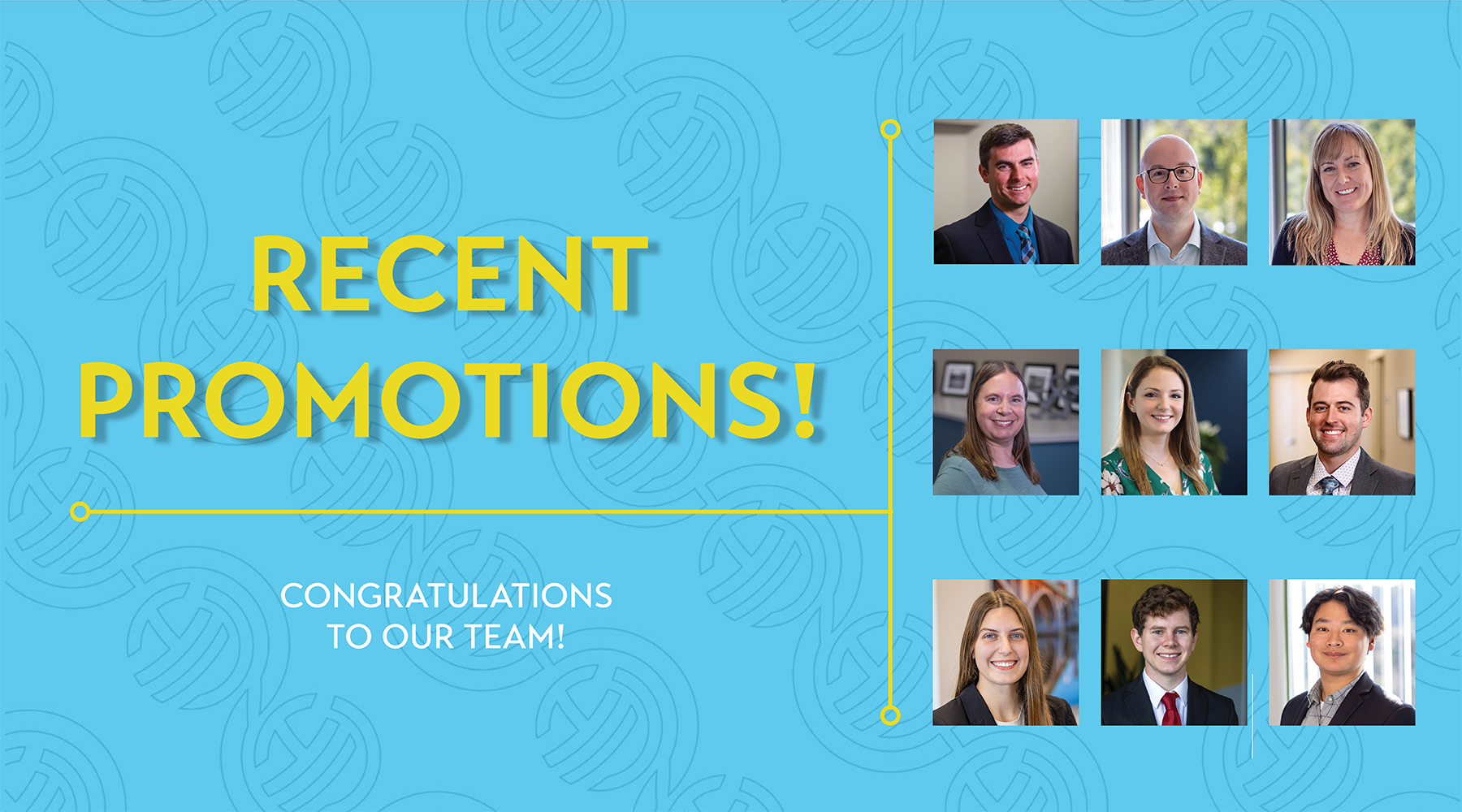
Tesla took the car industry by storm, and aviation is experiencing its own transportation evolution. There has long been a need for aircraft to reach remote areas (in case of injury and someone needs to be transported to a hospital, for example). Now more than ever, we also need to limit the impacts of our transportation on our environment. Because of these needs, aviation industry experts are planning how to answer the call.
Defining Advanced Air Mobility (AAM) & Urban Air Mobility (UAM)
Advanced Air Mobility (AAM) defined by FAA is a developing concept in aviation that is introducing a new way to transport people and cargo in a safe, efficient and sustainable manner. Urban Air Mobility (UAM) is specifically AAM in an urban or suburban setting.
AAM is an agile system in that it can serve communities that are not typically served by traditional aviation. To support this system, new and exciting aircraft are being developed that use a range of new technologies, such as vertical take-off and landing aircraft (VTOL), drones and air taxis.
The Players in the Field
There are several industry leaders that are currently developing eVTOL (electric VTOL) and other AAM technologies. Some are familiar names in aviation and others are new startup companies. Some notable companies include Airbus, Boeing, Embraer, Joby Aviation, Lilium, Volocopter, Vertical Aerospace, Aergility and Beta Technologies.
New England Airports already working with AAM
Beta Technologies, based in Burlington, Vermont is developing eVTOL aircraft for the purpose of transporting cargo and is currently constructing a state-of-the-art facility to mass produce their electric aircraft at Burlington International Airport. The company is also developing a system of charging stations to support their aircraft. As of March 2023, these charging stations have been installed in 10 locations, including Rutland Southern Vermont Regional Airport (RUT) and Burlington International Airport (BTV), with many more either in development or planned for the future in other states. Although a key advantage to VTOL is reducing the need for longer and wider pavement systems, there are many new factors that are being evaluated at airports that require thoughtful planning, ranging from airspace analysis and fuel delivery, to integrated airport mode operations. Many of Hoyle Tanner’s clients are embracing this new aircraft type and are working to attract this industry as a new partner and source of airport development.
The Hoyle Tanner Team
Not only are our experts up-to-date on these changes in the industry, but we’re already working with airports as they look to support electric and VTOL aircraft. This three-part blog series will discuss the ins and outs of these changes to give our clients a closer look at what’s coming. Do you have an airport or have questions about airport design? Learn more about our aviation services or reach out to me!
If you want to learn more about AAM check out the following links:
- FAA Urban Air Mobility and Advanced Air Mobility
- NASA Advanced Air Mobility Mission Overview
- FDOT Advanced Air Mobility
- AAM Reality Index
*It’s Hoyle Tanner’s 50th anniversary this year! Keep an eye on our Facebook, LinkedIn, and Twitter feeds for articles and anniversary news!










